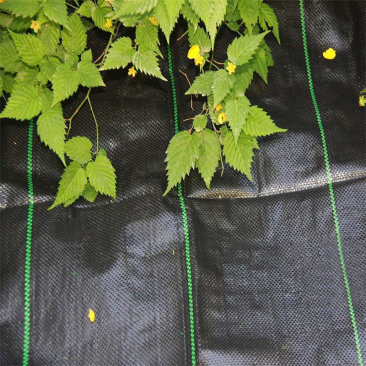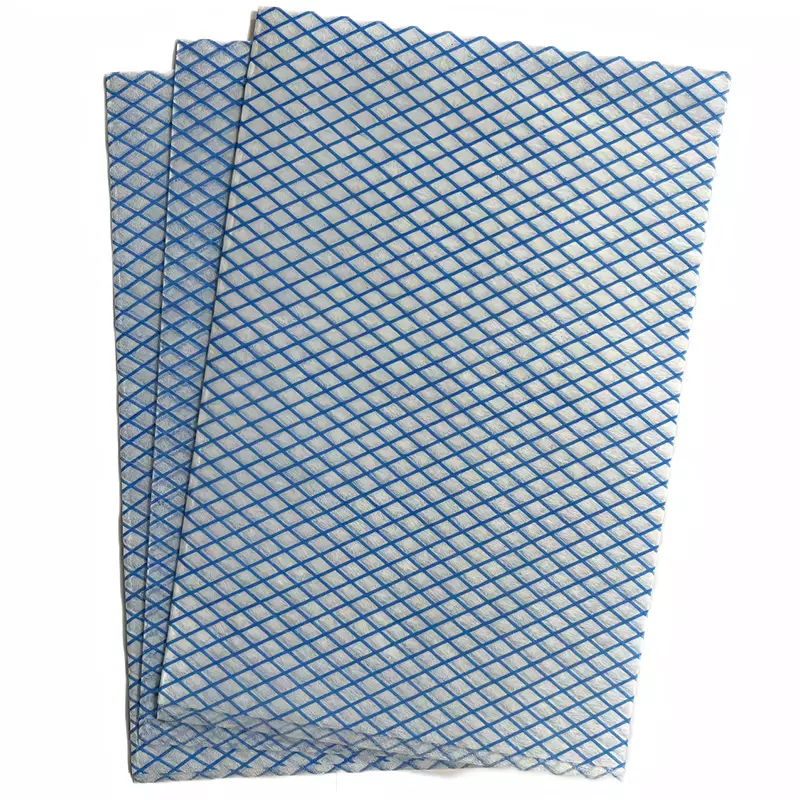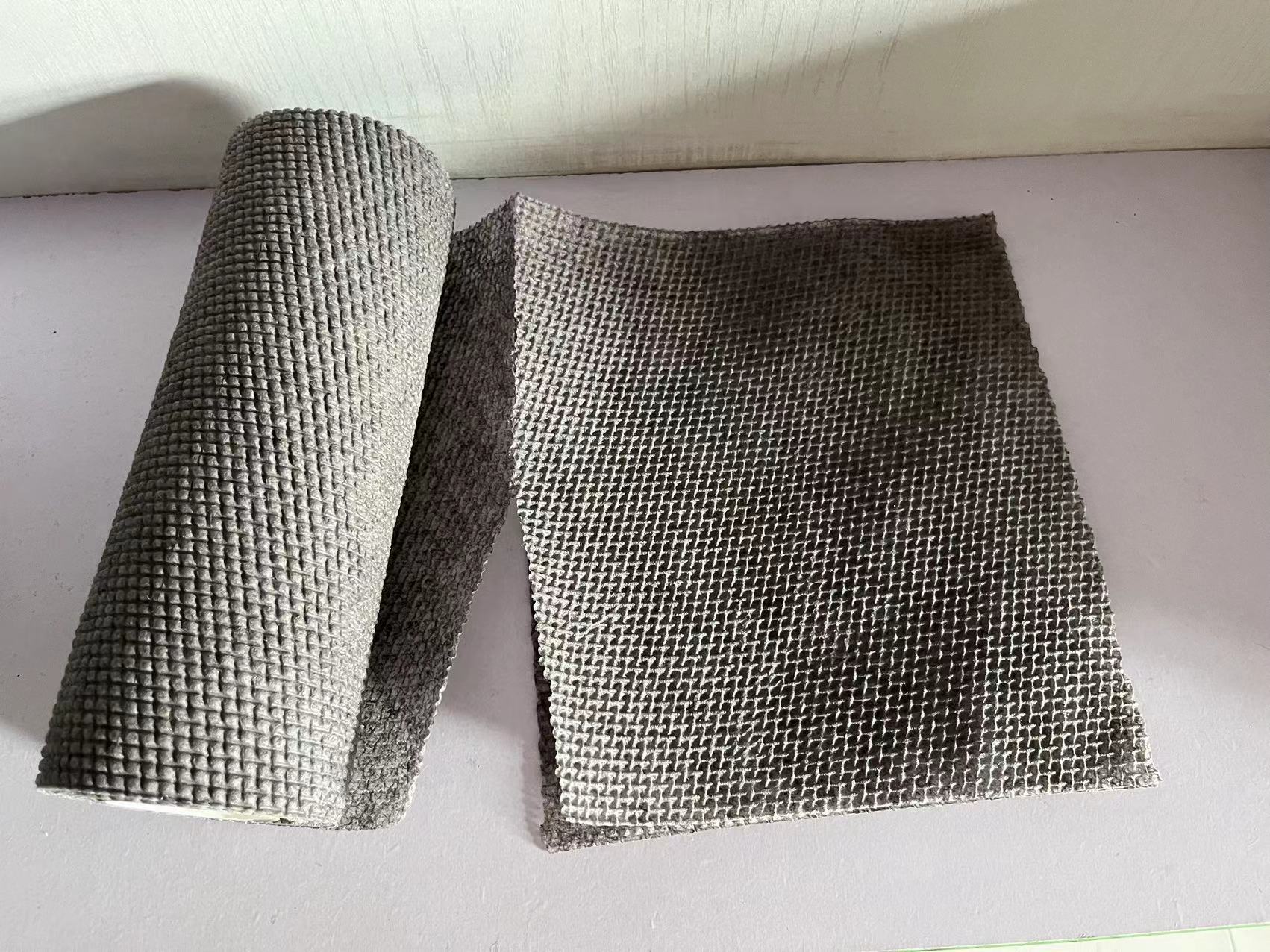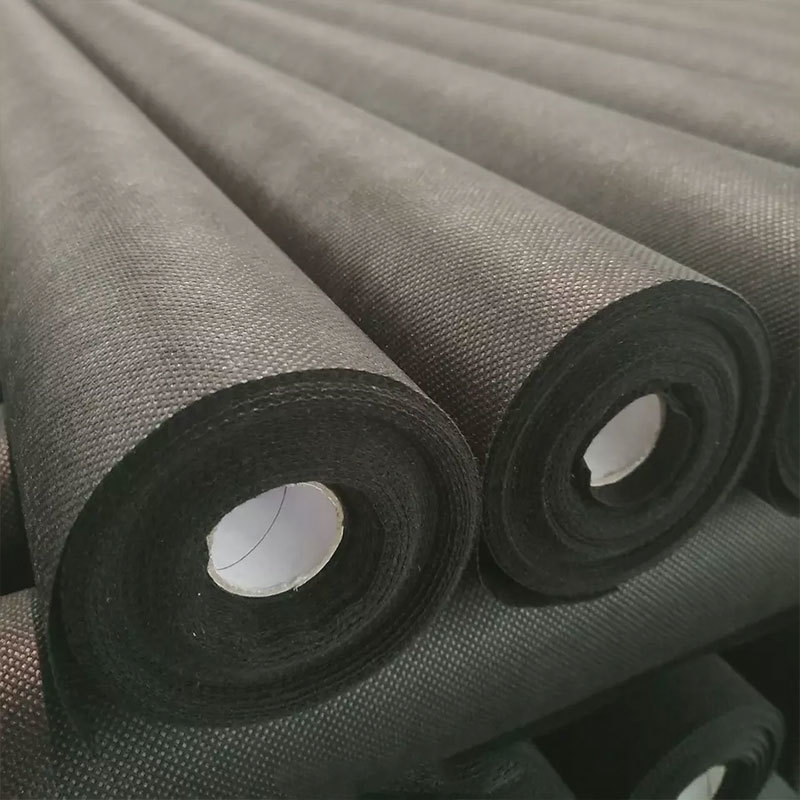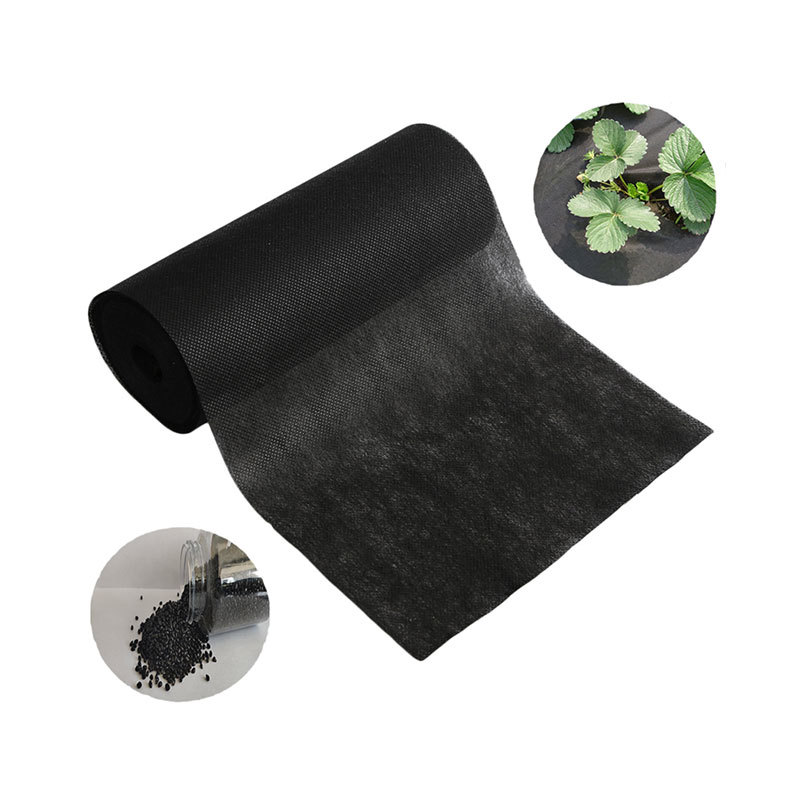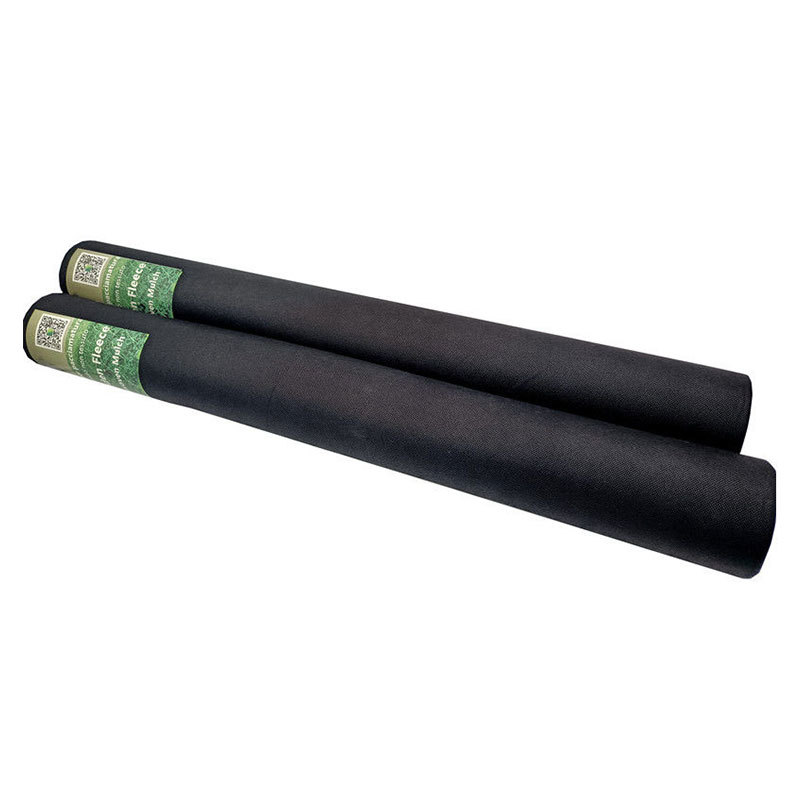14
2025
-
07
Understanding Polyester Spunbond Fabric: Versatile and Durable Non-Woven Material
Polyester spunbond fabric is a type of non-woven fabric created through a process that involves the continuous extrusion of polyester fibers, followed by their bonding together through heat and pressure. This method results in a fabric that is not only lightweight but also boasts exceptional strength and durability. The characteristics of polyester spunbond fabric make it an ideal choice for a wid
Polyester spunbond fabric is a type of non-woven fabric created through a process that involves the continuous extrusion of polyester fibers, followed by their bonding together through heat and pressure. This method results in a fabric that is not only lightweight but also boasts exceptional strength and durability. The characteristics of polyester spunbond fabric make it an ideal choice for a wide range of applications across various sectors.
One of the primary advantages of polyester spunbond fabric is its resistance to tearing and ripping. This makes it an excellent option for products that require durability, such as bags, cover materials, and protective clothing. Additionally, polyester spunbond fabric is water-resistant, which further enhances its usability in outdoor applications and environments where moisture is a concern.
Another significant feature of polyester spunbond fabric is its breathability. This property allows air and moisture vapor to pass through the fabric, making it suitable for applications such as filtration and hygiene products. For instance, in the medical field, this fabric is often used in surgical gowns and masks, ensuring comfort for wearers while providing a barrier against contaminants.
The manufacturing process of polyester spunbond fabric is also relatively efficient, contributing to its cost-effectiveness. The continuous production method allows for high output rates, making it a competitive option compared to woven fabrics. Furthermore, the non-woven nature of polyester spunbond fabric allows for customization in terms of thickness, texture, and color, catering to specific requirements of different industries.
Sustainability is becoming increasingly important in the textile industry, and polyester spunbond fabric can also be produced with recycled materials, further enhancing its appeal. This aspect not only reduces waste but also helps in minimizing the environmental impact associated with traditional textile manufacturing.
In conclusion, polyester spunbond fabric is a remarkable non-woven material that combines strength, durability, and versatility. Its unique properties make it suitable for a wide array of applications, from healthcare to construction and beyond. As industries continue to seek innovative and sustainable solutions, polyester spunbond fabric is poised to play a significant role in the future of textiles. Understanding the benefits and characteristics of this fabric can help businesses make informed decisions about their material choices, ensuring quality and performance in their products.
One of the primary advantages of polyester spunbond fabric is its resistance to tearing and ripping. This makes it an excellent option for products that require durability, such as bags, cover materials, and protective clothing. Additionally, polyester spunbond fabric is water-resistant, which further enhances its usability in outdoor applications and environments where moisture is a concern.
Another significant feature of polyester spunbond fabric is its breathability. This property allows air and moisture vapor to pass through the fabric, making it suitable for applications such as filtration and hygiene products. For instance, in the medical field, this fabric is often used in surgical gowns and masks, ensuring comfort for wearers while providing a barrier against contaminants.
The manufacturing process of polyester spunbond fabric is also relatively efficient, contributing to its cost-effectiveness. The continuous production method allows for high output rates, making it a competitive option compared to woven fabrics. Furthermore, the non-woven nature of polyester spunbond fabric allows for customization in terms of thickness, texture, and color, catering to specific requirements of different industries.
Sustainability is becoming increasingly important in the textile industry, and polyester spunbond fabric can also be produced with recycled materials, further enhancing its appeal. This aspect not only reduces waste but also helps in minimizing the environmental impact associated with traditional textile manufacturing.
In conclusion, polyester spunbond fabric is a remarkable non-woven material that combines strength, durability, and versatility. Its unique properties make it suitable for a wide array of applications, from healthcare to construction and beyond. As industries continue to seek innovative and sustainable solutions, polyester spunbond fabric is poised to play a significant role in the future of textiles. Understanding the benefits and characteristics of this fabric can help businesses make informed decisions about their material choices, ensuring quality and performance in their products.
polyester spunbond fabric


